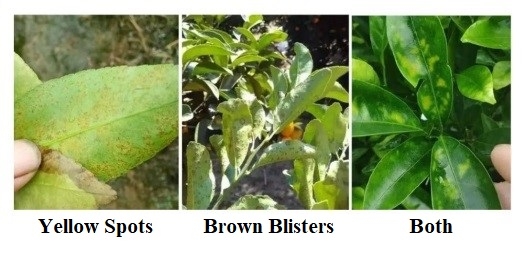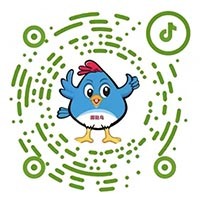案例研究
我們提供植物保護和植物營養產品,幫助建立健康和可持續的糧食系統。
Disease control in Greasy Spot of Citrus
Fungicide=殺菌劑,Insecticide=殺蟲劑
The greasy spot of citrus is caused by Mycosphaerella citri fungus, which brings about defoliation and affects tree vigor in parts of Asia, Central and South America, and the Caribbean. Citrus, grapefruit, lemon, tangelos, and oranges all can be infected by the fungal disease. Mycosphaerella citri fungus overwinters in diseased or fallen leaves and branches. Once the temperature is hot and humid, airborne spores of the fungus are produced on old lesions. It mainly damages the mature leaves and presents three different symptoms in the field, including yellow spots or brown blisters or both, as shown in the figure. Sometimes the infection can also damage the fruit, which appears as specks in the epidermis between oil glands.

Due to the long incubation period of Mycosphaerella citri fungus, it is important to strengthen the overall field management, including draining water puddles in orchards, improving soil permeability, and removing fallen leaves, branches, and fruits after harvest. In addition, chemical products can make a difference from sprouts to fruit.
Sunjoy Agro recommends Synglo (Pyraclostrobin 160g/L + Tebuconazole 320g/L SC) to control the spread of greasy spots. The formulation not only has protective and curative effect, but also promotes crop growth and increases yield. Tebuconazole mainly inhibits the synthesis of ergosterol, which is a component of yeast and fungal cell membranes. Pyraclostrobin inhibits mitochondrial respiration by preventing electron transfer between cytochrome B and C1. It has the characteristics of permeability, long duration, and rain resistance.
探索更多
Pest Control in Pear Aphids
Aphids feed by sucking the nutrient-rich liquids out of plants. In large numbers, they can weaken plants significantly, resulting in discolored and withered leaves, harming crops, flowers and fruits.
>
關注我們




